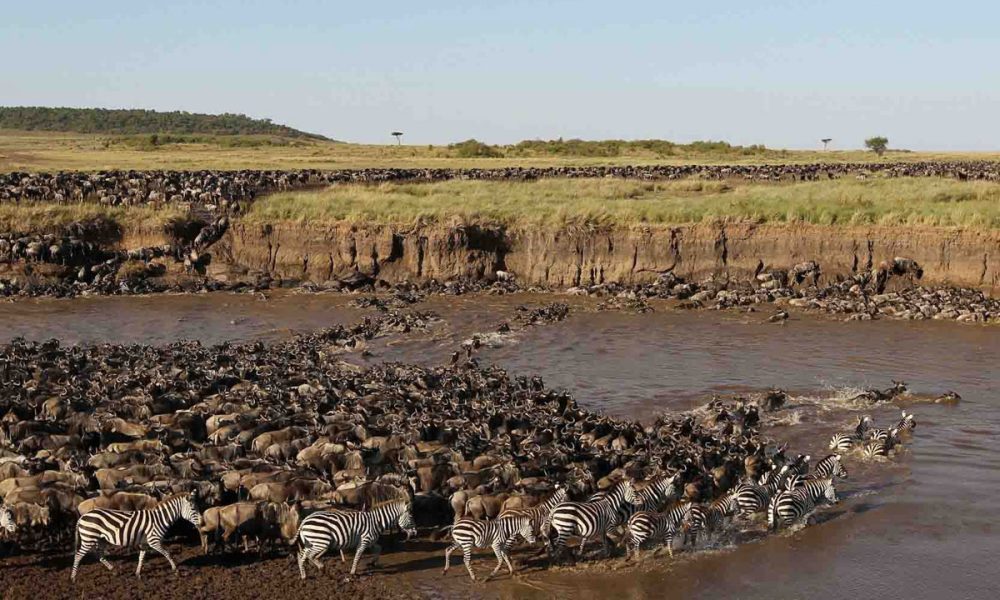Call /WhatsApp: +255 788 738494

The Serengeti National Park is one of the most iconic safari destinations in Africa, located in northern Tanzania. Covering an area of 14,763 km² (5,700 sq mi), the park stretches across the eastern Mara Region and northeastern Simiyu Region. It protects over 1.5 million hectares (3.7 million acres) of pristine savanna and was officially established in 1940.
The name Serengeti comes from the Maasai word Siringet, meaning “the place where the land stretches forever.” The Maasai people have lived in these vast plains for more than 200 years, long before European explorer Oscar Baumann first documented the area in 1892.
The Serengeti is world-renowned as one of the top tourist destinations in Africa, attracting travelers with its breathtaking landscapes, rich wildlife, and cultural heritage.
Key highlights include:
Despite its popularity, the park faces challenges such as deforestation, population growth, and ranching pressures.
The Great Migration is the Serengeti’s most spectacular natural event and the longest overland migration in the world, covering nearly 800 km (500 mi) each year.
Every year, up to 250,000 wildebeests and 30,000 zebras die from predation, drowning, exhaustion, or disease, highlighting the harsh reality of survival in the wild.
A safari in the Serengeti offers more than just game drives. Visitors can enjoy a variety of activities, including:
The Serengeti offers excellent game viewing all year round, but the best times to visit are:
The park’s open plains and mild climate ensure good visibility of wildlife throughout the year. Even during the short rainy seasons (November–December and March–April), safaris remain enjoyable, as rainfall is usually brief and does not disrupt travel significantly.
Do you need help?
Send us details